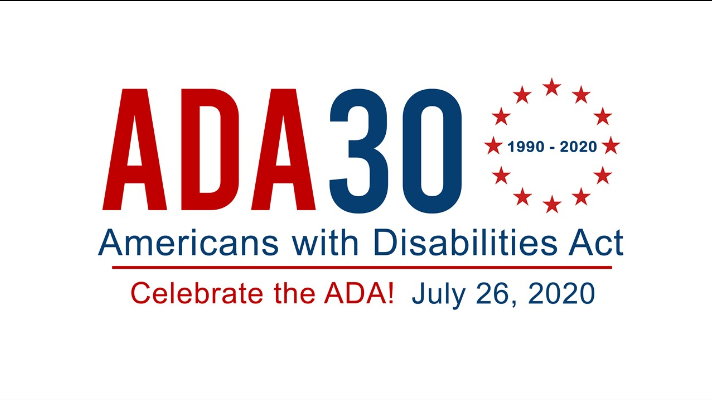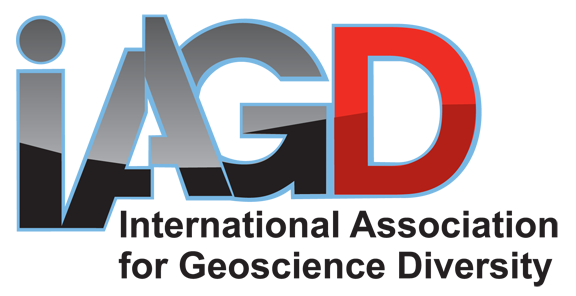
“Disability only becomes a tragedy for me when society fails to provide the things we need to lead our lives” – Judy Heumann
On July 26, 1990, disability activists witnessed the signing of the Americans with Disabilities Act (ADA) into law. Leveraging momentum from the civil rights movements, the legislation they had fought to make a reality became official. They knew this piece of legislation would improve the lives of people with disabilities in America. Finally, thirty years ago today, their activism had paid off.
The ADA prevents the discrimination against individuals with disabilities, mandating equal access to education, employment, and public spaces. It has undoubtedly improved the lives of disabled Americans, which make up over 20% of the US population, and has even served as a catalyst for disability rights laws all around the world. For those of us who are a part of the “ADA generation” (that is, became disabled after the ADA was signed in 1990), it might be easy to take for granted the seemingly everyday things that have come about as a result of this law. Curb cuts on sidewalks, barrier-free entrances to buildings, braille on public signs, closed captioning, and bus boarding ramps are just a few examples of ADA requirements that have dramatically improved access for people with disabilities as well as creating more functional spaces for everyone.
But perhaps more importantly for the ADA Generation, this bill allows us to see accessibility as a protected civil right. That’s why we can acknowledge all the good that ADA has done for us, and at the same time point out its shortcomings. Even thirty years after the ADA was passed, many places are still inaccessible due to the fact that some ADA guidelines are vague (e.g. there’s no clear definition for what constitutes a “reasonable accommodation”) and filled with loopholes (e.g. schools and employers are not required to accommodate if they claim the accommodation results in “undue hardship”). These loopholes can be abused when you live in a society that doesn’t value those with disabilities, contributing to persistent disparities in healthcare, employment, and education.
While the ADA is a good starting point, it is important to recognize that the requirements set forth in the law are designed to address access, but do not address inclusion in any way. Creating environments that are truly inclusive of people with disabilities requires a fundamental shift in thinking away from access being the ultimate goal. Access is just one step on the path to inclusion. As we continue long-overdue conversations about inequality, the anniversary of the ADA is a reminder that we must look beyond compliance with the law as the sole measure of equity or inclusion and work towards a more just and inclusive society for all. So, in honor of this anniversary, consider how you can make a difference. Perhaps today is a good time to learn from the experiences of those with disabilities, call out acts of ableism, or volunteer with organizations that center disabled voices, like the IAGD. Though this issue is systemic, collective individual action is what will begin moving us in the right direction.








